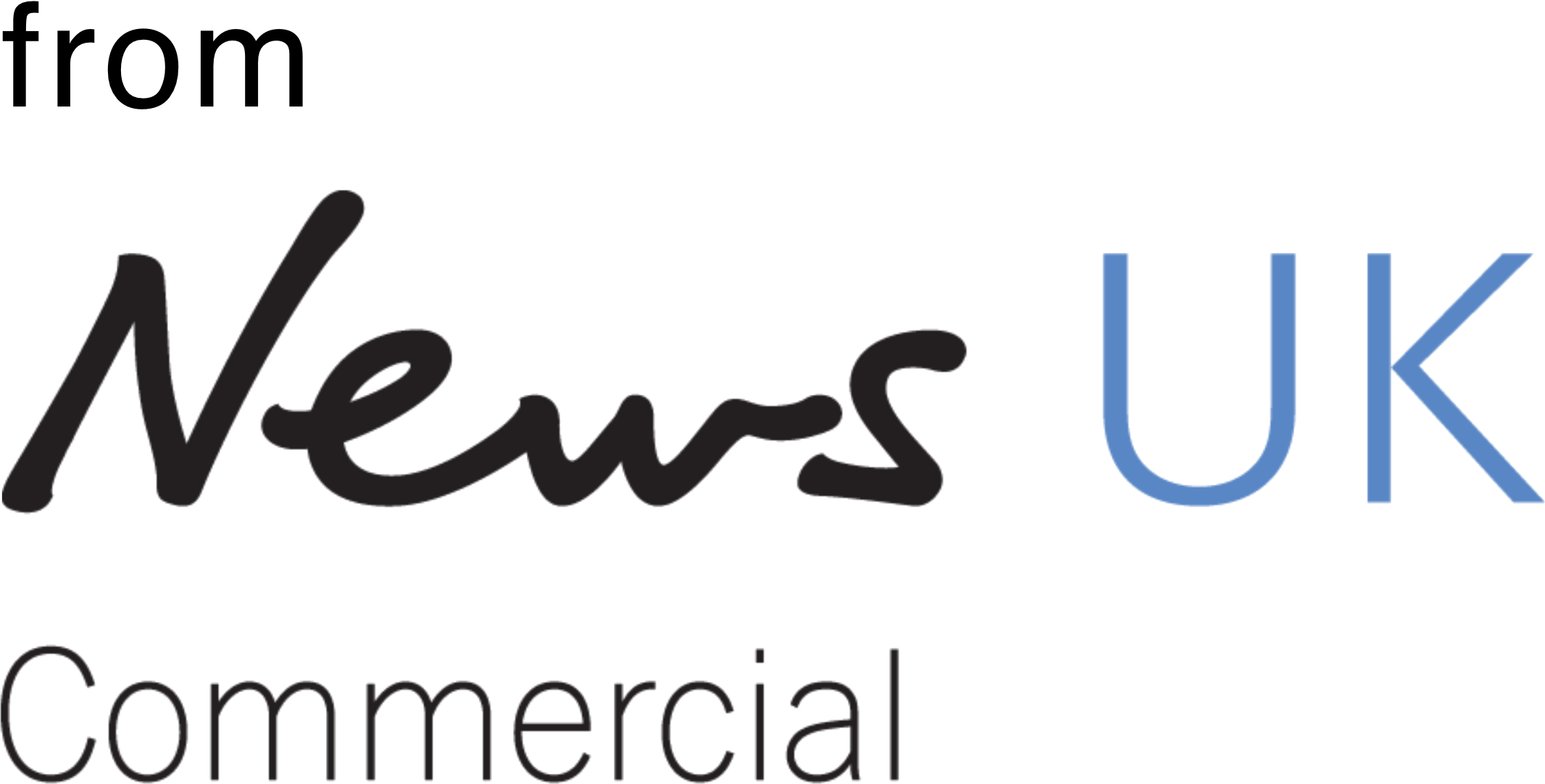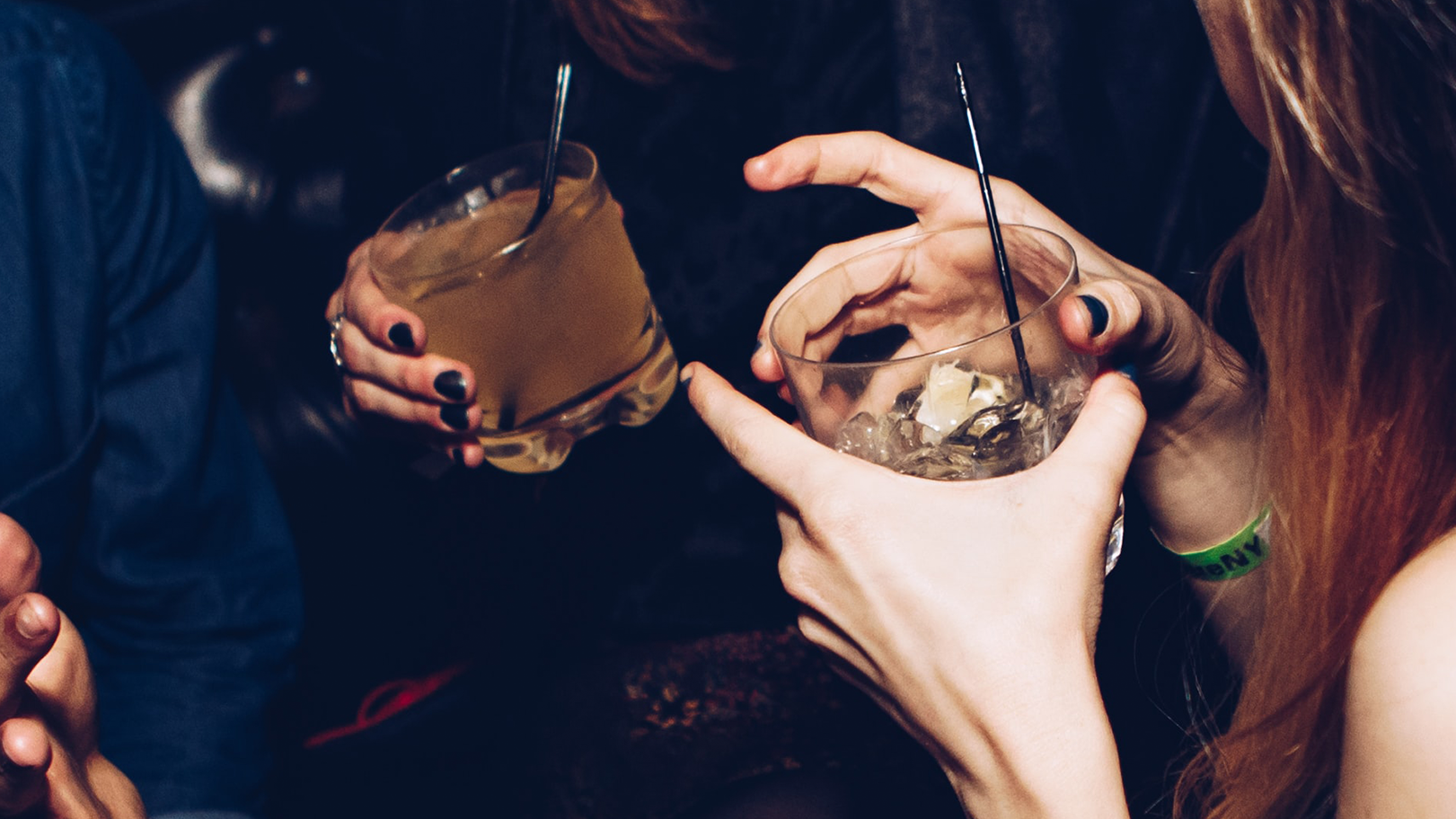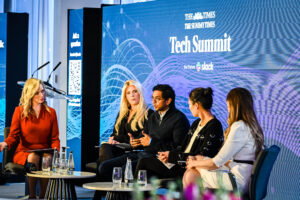The art of inebriation never used to command the science of innovation. But alcohol brands now find themselves needing to reinvent their conventional marketing playbook for a very new world.
Beer, wine and spirit marketers find themselves in a perfect storm:
- Younger consumers are drinking less than ever before.
- Those audiences, in particular, are also turning away from alcohol’s primary advertising channel, television.
- Pandemic bar closures have further distanced consumers from their tipple.
That is forcing the brands to adopt new marketing strategies.
A new analysis from Zenith shows global alcohol ad spend fell by 11.6% in 2020, compared with a 6.4% shrinkage overall. Zenith forecasts a 5.3% increase in 2021. But the destinations for that spend are having to look increasingly different.
1. Going up in a static market
Overall, global alcohol consumption is essentially static, according to Euromonitor International - and the same can be said for the UK. That leaves brands trying to wring more custom out of the same customer base.
Zenith identifies a trend of “premiumisation”, in which brewers are building up-market brand images and experiences for higher-value products. If the brands can project a sense of quality over quantity, high-end spirits and cocktails are forecast to increase their market share.
2. Shifting the channel mix beyond linear
Alcohol marketers need to shift their centre off what could be considered a burning platform. Globally, alcohol brands devoted 49% of their marketing budgets to television in 2020, according to Zenith - that is compared to 24% for brands overall.
Unfortunately for them, many audiences, particularly the next generation of consumers, are leaving the category’s main medium - or at least the broadcast variant - and their second-choice medium, out-of-home advertising, declined in effectiveness when people stayed at home.
3. Online investment goes to content
That means these companies are having to tilt their focus to digital, later than many other categories have. Last year, alcohol brands spent half as much of their marketing budgets on digital as did brands overall.
Now, however, many are investing at-home brand experiences, driven by owned assets like websites and education content. Spirit makers are using influencers to teach consumers cocktail mixing. Corona even opened its own content production studio.
4. To go direct, build brand
That is important because the alcohol industry is feeling out its capacity to lean into direct-to-consumer (D2C) commerce, as so many other retail categories have.
Unlike a mattress or razor blades, sold in supermarkets or dedicated stores, the wholesale retail experience for alcohol, the pub, is entirely experiential.
Alcohol brands will need to invest in a new kind of brand presentation if they are to cultivate direct relationships with customers.
The morning after
Zenith expects digital to make up 30% of global alcohol ad spend by 2023, up from 19% in 2019.
By that time, ad spend may have returned to pre-pandemic levels.
According to Zenith head of forecasting Jonathan Barnard: “The recovery won’t be as dramatic as the downturn, but investment in digital communication will drive steady growth in alcohol advertising for the next few years.”






